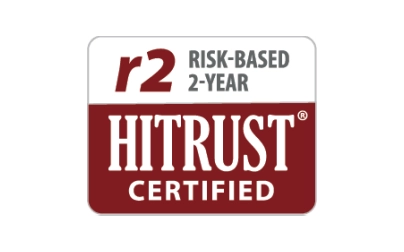Network steerage really is a good thing. When patients use in-network, high-quality, lowest-cost providers and care facilities, it can have a positive financial impact on a lot of stakeholders—health plans, benefits managers, provider and health system networks, Medicare and Medicaid plans, employers and the healthcare consumer.
That’s why it’s a pretty common industry tactic that, when done ethically and well, can support both cost containment and consumer choice.
But provider and facility steerage isn’t always as successful as it could be.
Despite the prevalence of incentives and directories, patients still make decisions that aren’t the best for anyone’s bottom line. Why? Because without cumbersome (and often consumer-unfriendly) prior authorization requirements, healthcare consumers can be led to high-cost services based on physician recommendations, even when quality, lower-priced options are readily available in-network and nearby. Patients simply aren’t aware they have a choice, or don’t remember incentives and directories at the time the need arises.
The steerage solution: Tackle the problem of awareness with timely outreach
Take the example of diagnostic imaging facilities. Imaging needs such as X-rays, MRI scans and ultrasounds cost the U.S. healthcare system more than $100 billion annually, according to the Journal of the American Medical Association. Additional information from Health IT Consultant
has shown at least $12 billion of those costs could be avoided. Yet it’s not unusual for physician offices to refer patients to a facility without providing any information on different providers’ cost and quality—which, by the way, isn’t always possible in a busy practice.
The solution, as with many of healthcare’s challenges today, comes down to one-on-one engagement … and data.
The heart of the steerage approach includes having trained engagement specialists quickly reach out to any plan member (or employee, etc.) immediately after they have been referred, based on data provided by the physician’s office.
The specialist then can proactively discuss nearby provider and facility options and potential out-of-pocket cost-savings. Via three-way conference calls, engagement specialists can even make the appointments for a truly patient-centric experience.
An example of proactive RBM network steering
In one instance working with a radiology benefits manager (RBM), Carenet Health deployed a program that leveraged timely data and near real-time outreach to save nearly $1,000 per patient for the RBM.
By conquering awareness at the point of need, the program more than doubled the alternative approaches being used to steer patients. In fact, 70% of the consumers with whom we engaged selected a lower-price facility for their service than originally suggested by their physician.
Success equals lower costs AND empowered consumers
Costs are critical, but proactive network steerage can also help improve your healthcare organization’s consumer satisfaction and loyalty scores—something that’s growing in importance with Medicare Advantage plans in particular.
In our experience at Carenet, consumers want to be empowered with information that helps them lower their healthcare spending and remain in control. And the more your organization can help them with those needs, the better for all. (Learn more about consumer advocacy and navigation assistance here.)
Of course, our teams (and our clients) always urge patients to discuss imaging facilities and any quality questions they have with their physician, if they have concerns or questions.
For more information
If you’d like more information on network steerage engagement solutions, please contact our experts via our contact form.
Want to read more case studies? Check out our Resource Center.


